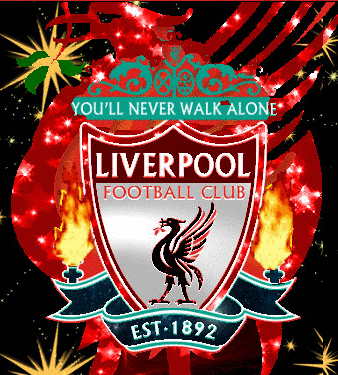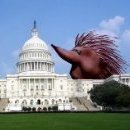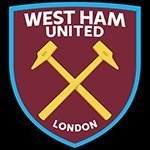Bangkok: Huge Turnout Expected At Red-Shirt Rally Today
-
Recently Browsing 0 members
- No registered users viewing this page.
-
Topics
-
-
Popular Contributors
-
-
Latest posts...
-
30
Financial requirement 500K THB for one-year extension of non-O visa
None taken. Seems non Thai married couple. With son attending school the OP plans wife to be dependant. Hope OP (after success) gives full report. As will @brewsterbudgen This question comes up and first hand reports will be beneficial. -
5
Video:Freedom of Assembly gone leftist ! This isn’t Tiananmen Square …
I could even get the vehicle charges dropped for that driver. I wAs in fear of my life once i saw the terror flag, your honor. -
35
Thailand’s Losing Its Edge — Is Vietnam the Next Real Deal?
Not surprising that Thailand is done. With all the cheating all over against foreigners, the tax doubts on foreign income, the visa hassles by immigration and the red tape, the lack of respect in many places towards foreigners, all the drug drunks teen junkies from the west that are give a free passage and mainly the overcharging and cheating by anything from the taxi driver on arrival to the crooked contractor who shamelessly overcharges the foreign home owner during maintenance works etc. Even the malls in Thailand are now at similar prices to the west if not more. At one point those who can, are fed up, rent or sell their homes or condos in Thailand and will naturally spend the long winter months in Vietnam. Like or leave it ? Ok fine, people have took the word and are leaving. -
104
Trump Leaves G7 to Handle Middle East, Orders Evac
Just like, during the same G7 meeting, he said that Trudeau was responsible for excluding Russia from G7 in 2014 (he became PM in 2015). 🤣 Why do you always feel obligated to provide (lame) excuses to Trump's behaviour? -
6
Marriage renewal visa money in the bank.
Yes, I have been doing them myself for 17 years. The extension is not due until December, and with the Bangkok Branch closing down where I live, at the end of the month, I am moving my funds to KrungThai Bank and was confused when I read this statement. -
268
Will there ever be a safe vaccine?
You’ve misunderstood my point. I was talking about how media shapes public perception — not defending governments. But ironically, your comment actually fits the classic pattern of a conspiracy theory: – Blames a vague, powerful group (“governments”) – Offers no evidence, just suspicion – Uses dramatic language to imply hidden truths – Distracts from the real issue: how misinformation spreads That kind of thinking doesn’t challenge power — it just muddies the waters and helps the real snake oil salesmen do their work unnoticed.
-
-
Popular in The Pub







.thumb.jpeg.d2d19a66404642fd9ff62d6262fd153e.jpeg)


Recommended Posts
Create an account or sign in to comment
You need to be a member in order to leave a comment
Create an account
Sign up for a new account in our community. It's easy!
Register a new accountSign in
Already have an account? Sign in here.
Sign In Now